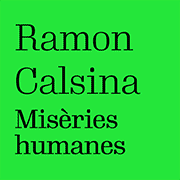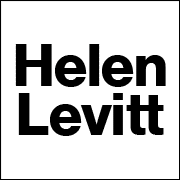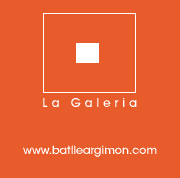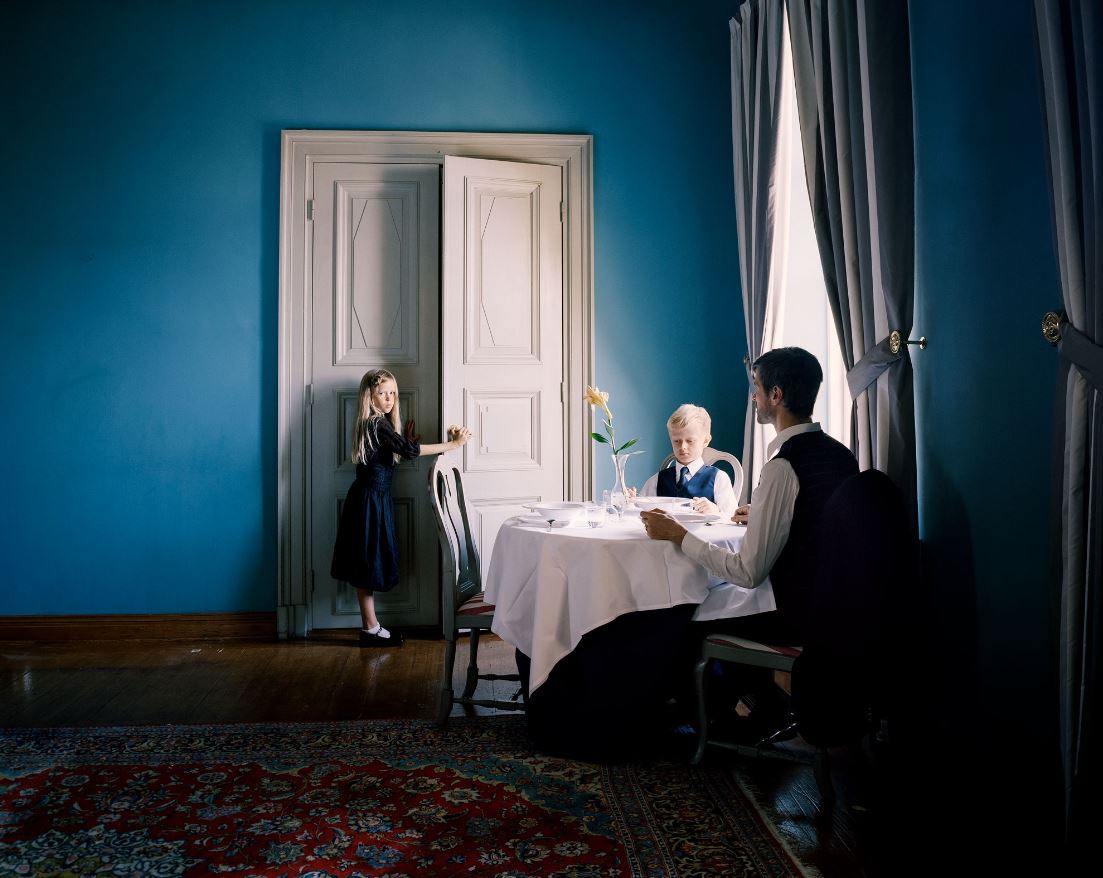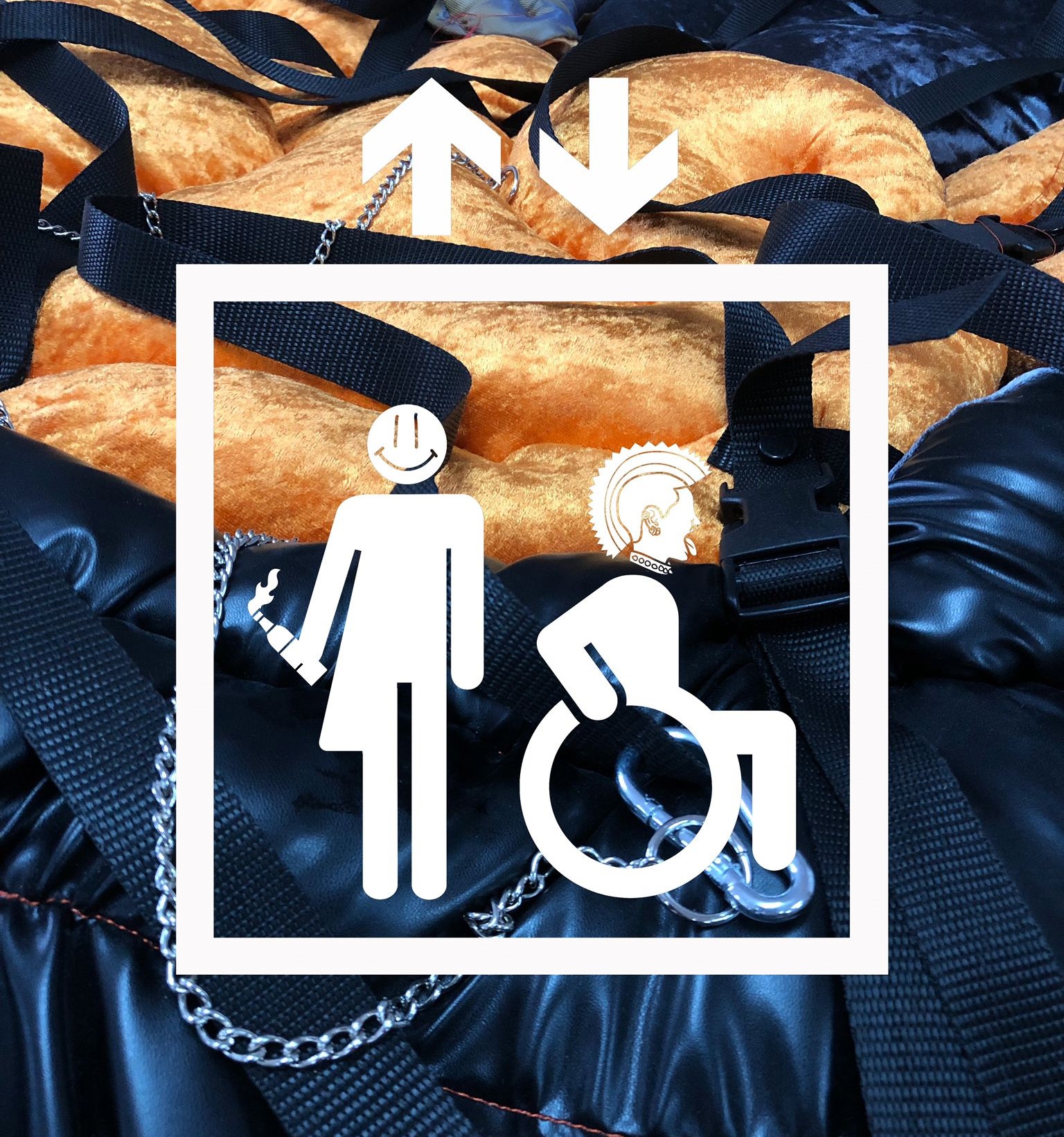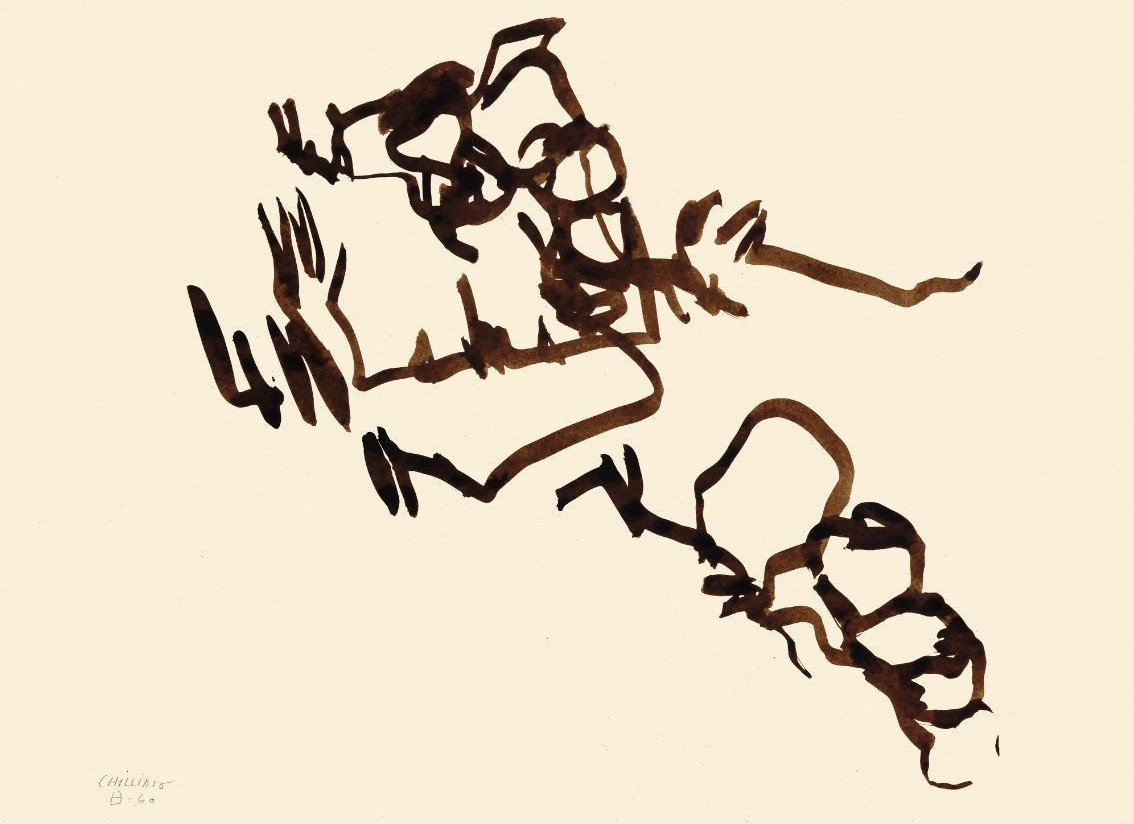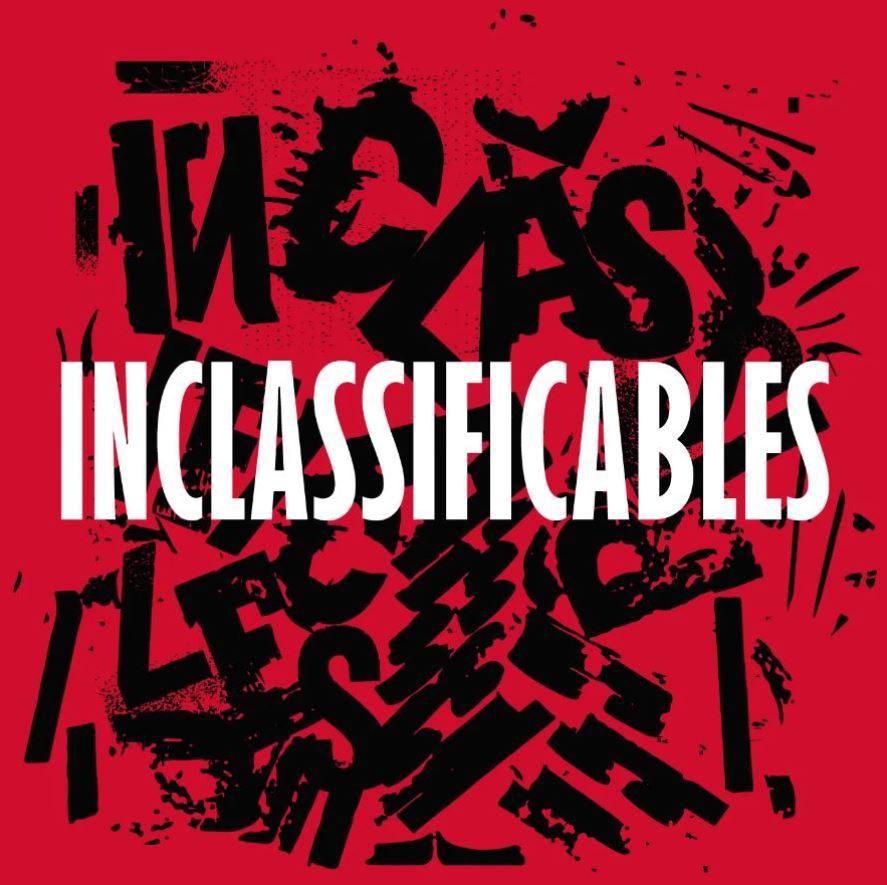Exhibitions
Ukraine and the diptychs of Boris Mikhaïlov
A unique and provocative exhibition at the Roca Umbert Fàbrica de les Arts de Granollers.
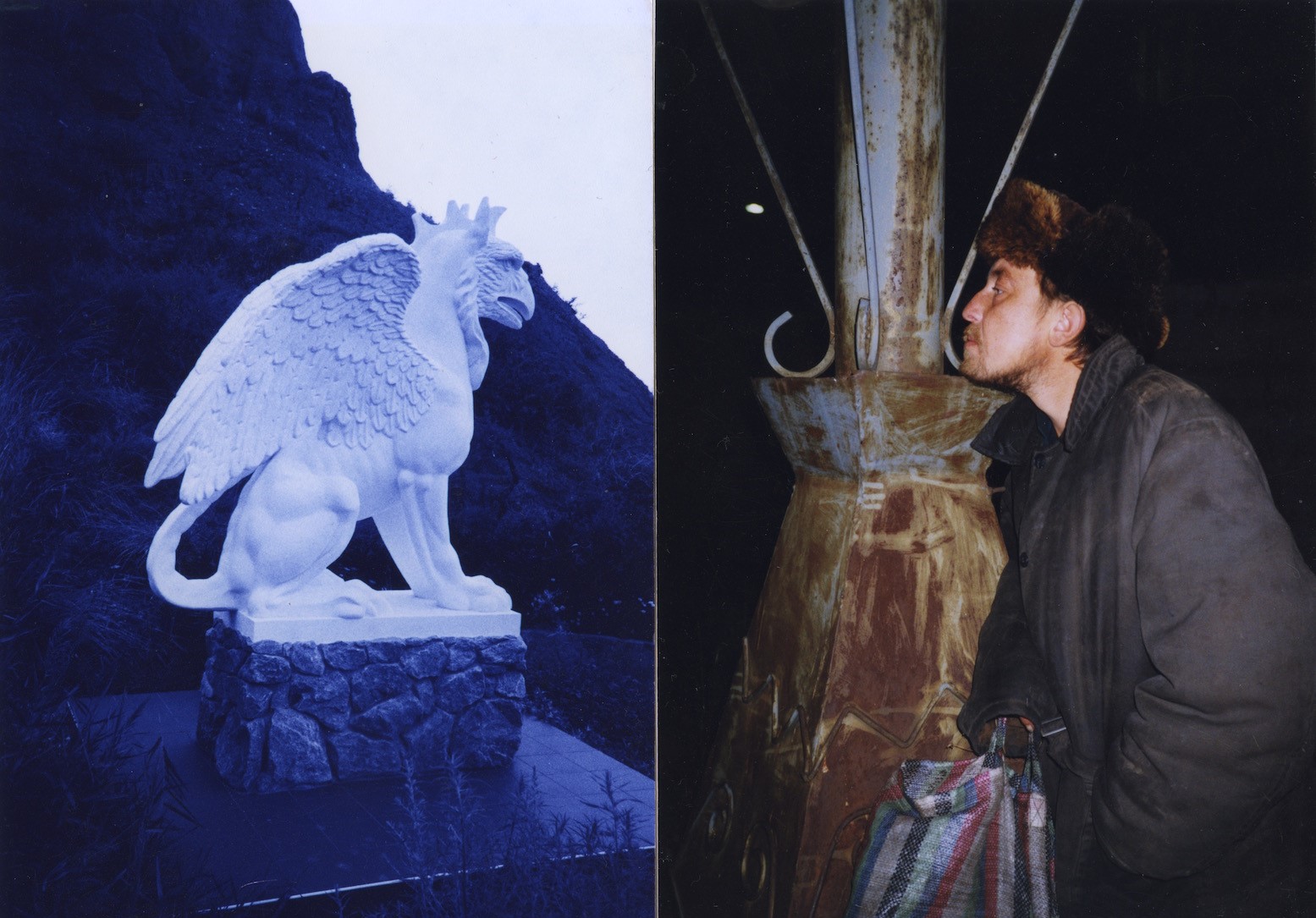
A space in ruins in Kyiv, a mixture between filth and magnificence, becomes the starting point of 'The Temptation of Death', a visual journey in which Boris Mikhaïlov (Ukraine, 1938), with his usual irreverence, delves into in the traumas of the past and the shadows of the present. Far from limiting himself to denunciation or simple testimony, the artist opts for an unconventional format: the diptychs. This new language allows him, beyond exposing images, to explore the duality of human experiences in a series that moves between the desolate beauty and chaos of a Ukraine still marked by the wounds of history.
The exhibition, as part of the Panoramic festival, presents the look of Boris Mikhaïlov, who delves into the history of the Kyiv crematorium: a project started in 1969, but abandoned thirteen years later for fear that its architecture evoked too much the atrocities of the Second World War. Artists Ada Rybachuk and Vladimir Melnichenko had tried to recast the project with a Wall of Memory to honor Ukrainian victims of the Nazis, but the Soviet state, uncomfortable with the symbolic force of the design, chose to bury the wall with more concrete, leaving the building as a fragment of buried memory.
This visit to the ruined crematorium awakened in Mikhaïlov a need to confront the past with the present in a new way. Therefore, instead of applying his direct style, known for capturing the pain and contradictions of the human being in extreme situations, here he uses the diptych for the first time, a format that allows him to combine images from different eras, creating new meanings and resurfacing old images with new intensity. For the artist, the diptych, with a history that goes back to classical art, works like a page in a book, a format that gives him the opportunity to reinvent himself and open his work to more enigmatic interpretations.

In 'The Temptation of Death', the 35 diptychs juxtapose images of the crematorium with photographs from his extensive earlier work, weaving an autobiographical narrative of his life and the stories that have marked Ukraine. "It's like a novel," says Mikhaïlov, who lets himself be carried away by a new narrative order where the diptych, instead of dividing, creates visual unions. In this structure of image pairs, a country's collective memory is intertwined with its own biography, and its personal history is inseparable from the historical tensions running through Ukraine, between present capitalism and the communist past .
His work, loaded with irony, cruelty and tenderness, reveals a critical intention that questions the ideals of reality and documentation. Mikhaïllov has blurred the boundaries between documentary and fiction, creating an art against the current that opposes any pretense of objectivity. This subversion has meant that his work has often been an uncomfortable but necessary reflection of post-communist society. He has not been alien to censorship or the Chernobyl disaster, the excesses of German tourism in Mallorca or the current war in Ukraine, circumstances that have been an essential part of his critical outlook. In addition, he was a pioneer in the photographic representation of the male nude and photoperformance, exploring aspects of the human condition from new perspectives.
As part of the Panoràmic festival and open to the public until November 24, this exhibition is curated by Iván de la Nuez, who defines Mikhaïlov as a contemporary Balzac. With his camera, the artist captures decay and human existence in all its fragility, evoking a "human comedy" that oscillates between light and darkness. Mikhaïlov's work becomes an art of its own life, which speaks to us of memory, destruction and identity. With 'The Temptation of Death', Boris Mikhaïlov returns to his roots in a wounded Ukraine, to make us think about the still blurred future with a sample full of political and social meaning.



